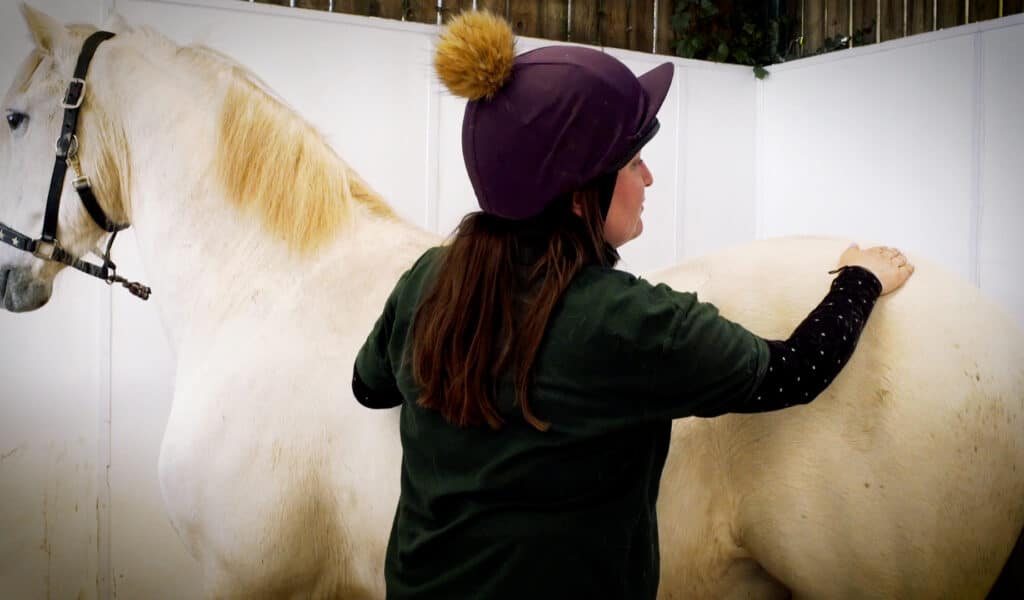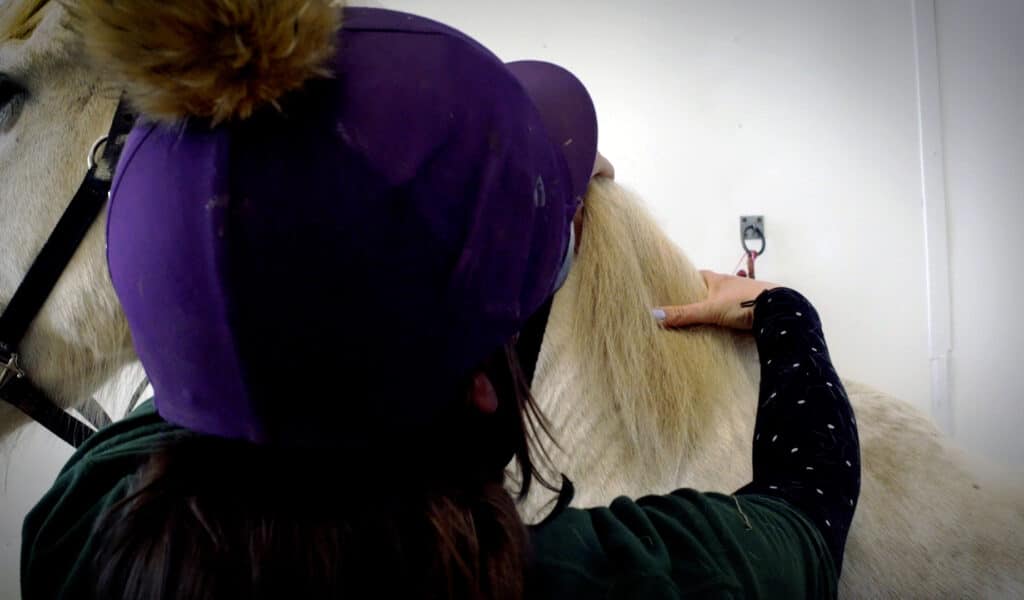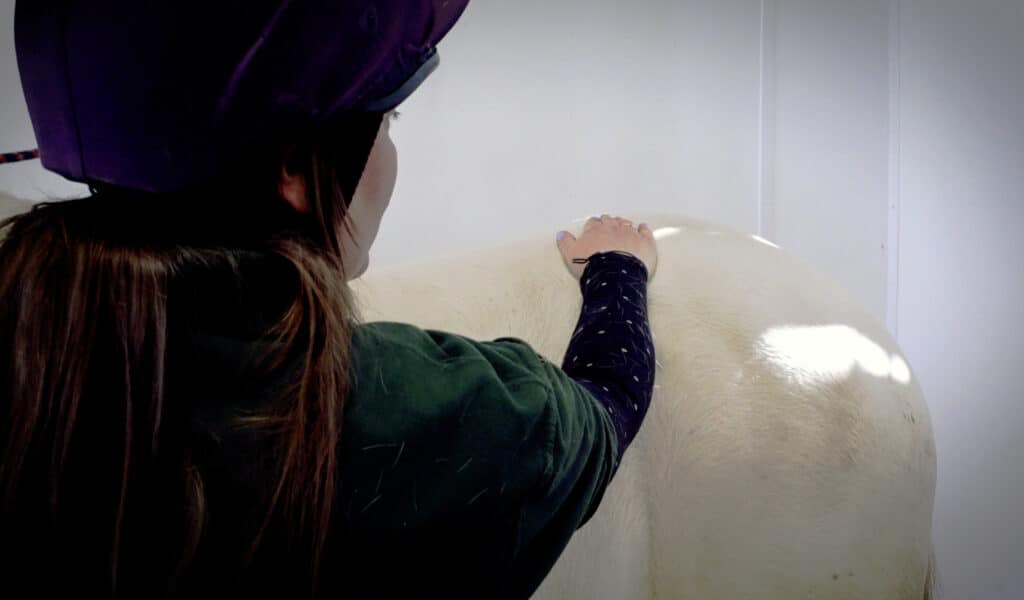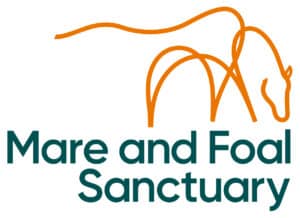Body Condition Scoring
Also referred to as Fat Scoring, Body Condition Scoring is an important tool in determining the weight and overall health of your horse or pony. It’s simple and easy to do.
This page explains more about Body Condition Scoring and provides you with the tools to score your own equine.
Body Condition GuideWhat is Body Condition Scoring?
Body Condition Scoring assesses the overall fat covering of an equine. Alongside a weigh tape, it can provide a useful tool in monitoring your equine’s weight and health.
It is a visual and hands-on method which focuses on three main areas: the neck, the pelvis, and the back and ribs.
It is performed by gently but firmly feeling these three areas and scoring them on a scale from 0-5. The score is then adjusted by half a point if there a difference of one point or more from the pelvis to the base of the neck.
This score, along with other important factors, can help determine a specific nutrition plan for an equine.


How is it done?
Before you start you should ensure that your horse or pony is relaxed and standing on flat, even ground. You will need to have bare hands so that you can properly feel the different areas.
It’s important to be objective and honest about what you feel. Muscle will feel firmer and fat more spongy.
All equines should ideally score a 3 or ‘Good’ but this can range from a 2.5 to a 3.5 depending on the season. There should be no fat along the topline. The ribs shouldn’t be visible but easily felt and the backbone should be slightly more covered. The pelvis should be rounded with no gutter along the back.
Why is it important?
We know that maintaining a healthy weight is key to preventing illness. Being underweight or overweight can have a detrimental effect on an equine’s health. When a horse or pony becomes overweight, they are at an increased risk of serious health issues such as laminitis and Equine Metabolic Syndrome (EMS).
A weigh tape is a useful measurement but it can’t distinguish between fat and muscle. Fat is also not always spread evenly, so a horse with more prominent ribs might still be overweight if it stores fat in its neck and pelvis instead.
Body Condition Scoring is most effective when it is done regularly. We recommend doing this every two weeks if possible. This will allow you to keep track of changes throughout the year and learn what is normal for your horse or pony. It might be that your equine drops to a 2.5 by the end of winter but goes up to a 3.5 in summer. Equines have a natural fluctuation of weight and they are still healthy as long as they remain in that range at the appropriate time of year.

Remember…
If you need to make changes to your equines diet or exercise routine these should be done gradually.
If you need further advice or are concerned about changes in your equine’s weight, please speak to your vet, or contact our Welfare Outreach and Advice team by calling 01626 355969.
Sign up to receive our advice and support emailsOur Work at The Mare and Foal Sanctuary
Advice and Resources
Lifelong Sanctuary
Rehoming



